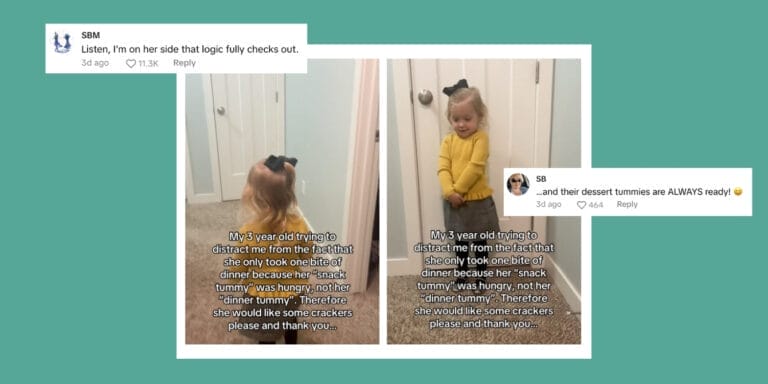Why timeouts don’t work for toddlers

When we get a young child on our side, it can prevent dealing with big reactions and upset in the moment.
Table of Contents
What every toddler, preschooler, and kindergartener would really like their adults to know is that they really do look up to the people they are attached to, and generally want to meet their expectations.
At the same time, they live in the moment and parental directions can easily get lost when their attention is grabbed by something else. They would like their parents not to hold it against them that they are impulsive and instinctive beings who act upon the impulses and emotions as they arise inside of them.
The parts of the brain responsible for self-control are still under development in young children. The brain is only 20% developed at birth and will ideally become more integrated in the first six years of life.
In other words, the brain is still forming connections that will allow for the various parts of the brain to communicate with one another. Once they do, preschoolers will be better equipped to control their strong emotions and actions.
The following five strategies for discipline with preschoolers are attachment safe and developmentally friendly, buying time for the young child to grow up.
1. Collect before you direct
Before directing a child on what you want them to do, it is helpful to engage their desire to follow you through engaging their attachment instincts. This means getting in their face in a friendly way and trying to collect their eyes or ears, for example, noticing and talking to them about what they are engaged in.
It is this gentle, yet effective way of commanding their attention and making them receptive to direction that avoids a lot of the challenges associated with ‘not listening,’ and resistance.
2. Structure and routine
Having predictable routines and an order to the day helps orient young kids to what is expected without having to ‘boss them around.’ Songs can be used to signal when it is time to clean up as well as when it is time to getting pajamas on or teeth brushed.
Routines help to compensate for the lack of awareness preschoolers have as to the bigger context and can help orchestrate their behavior in an attachment safe and developmentally friendly way.
3. Solicit good intentions
One of the best discipline approaches with young kids involves getting ahead of things they will struggle with, for example, not wanting to hold hands on an outing or sharing toys with others.
Instead of waiting for trouble to start, it can be helpful to solicit their good intentions before heading out. After collecting them, you can ask, “Can I count on you to hold hands when we go out?” to which they will give an honest reply. If they say yes, it can be enough to remind them when you are on the outing, that they promised to hold hands. If the child says no, then you can simply help them see why it is important to hold hands to elicit cooperation.
When we work ahead of problems and get a young child on our side, it can prevent dealing with big reactions and upset in the moment.
4. Avoid timeouts and other forms of separation based discipline
We need to preserve the desire in our preschooler to follow and obey us and this means not using what they care about against them. Separation is the most impactful of all experiences and timeouts to 123 magic type approaches do more harm than good when it comes to our relationship with them.
Part of being able to work with a young child and capture their attention so as to direct them relies on keeping one’s relationship strong.
5. Give them words to describe their emotions
One of the ways a young child needs help is in matching their emotions to feeling words. When they can use their words to describe their internal states, for example, “I am frustrated,” then they will be less inclined to use their bodies or screams to communicate their needs. If we want a young child to express himself in a civilized way, then we need to start by giving them some words to use.
Preschoolers represent the wonder and beauty inherent in human development. They evolve from impulsive beings into civilized ones in a matter of years.
Parents have an important role to play and this involves compensating for their immaturity, directing them towards civilized ways of expressing themselves, and continuing to care for them throughout. When we do our part, then nature will surely do the rest.
Originally by Deborah Macnamara, PhD on macnamara.ca .
Find some research-backed tools for shaping toddler behavior in the Motherly Shop!
Generation Mindful The Time-In ToolKit

Teach your children the social and emotional skills they need for a lifetime of success and happiness through setting up a “calming corner” and outfitting it with the easy-to-use tools provided in the Time-In Toolkit. The Time-In ToolKit will help you adopt positive parenting strategies for managing conflict and misbehavior with clear boundaries that teach children vital relationship skills by example.
Slumberkins hammerhead snuggler

Hammerhead is perfect for helping children navigate conflict resolution while learning the valuable life skills of communication and emotional regulation. When big emotions get the best of them, Hammerhead can show them how to calm down and make it right.
We independently select and share the products we love—and may receive a commission if you choose to buy. You’ve got this.


































